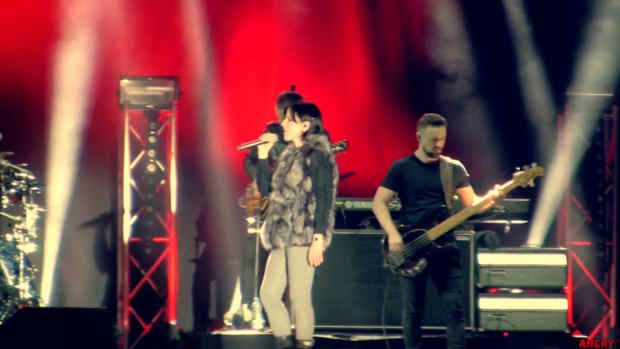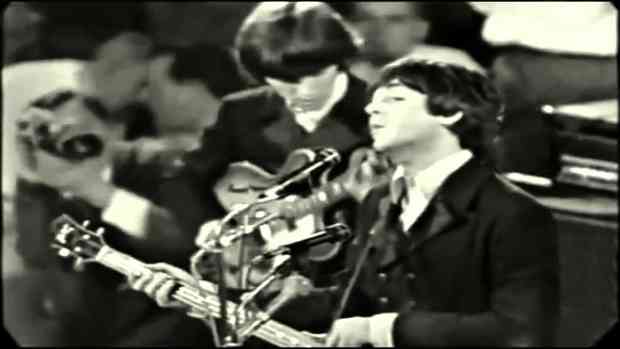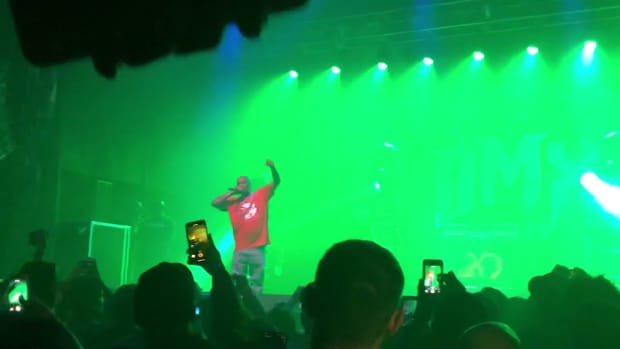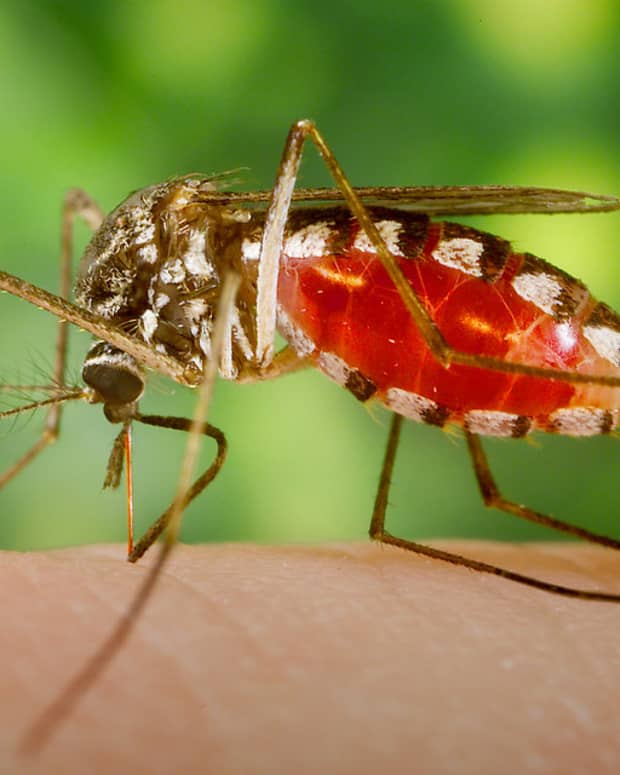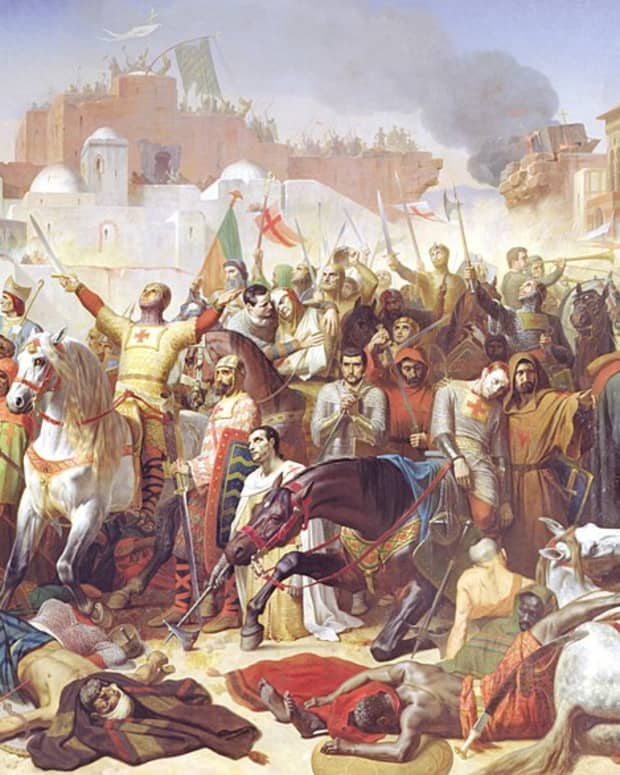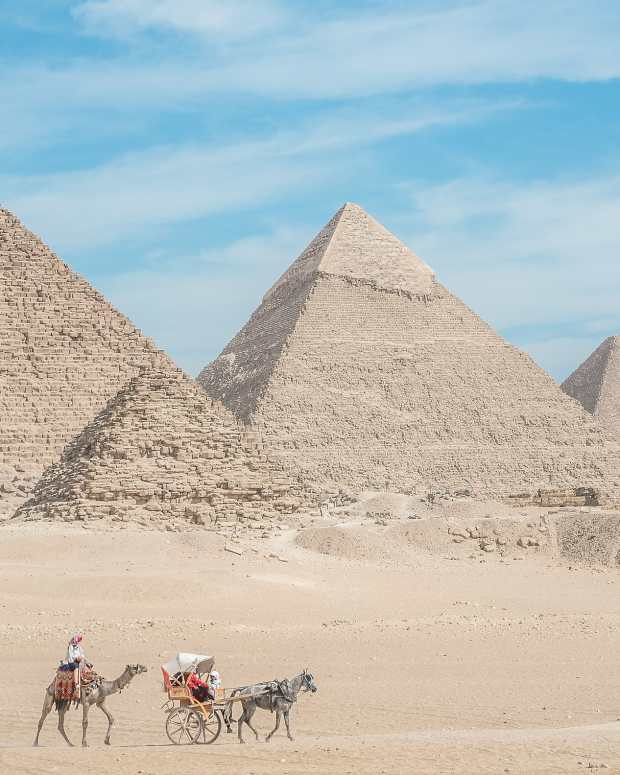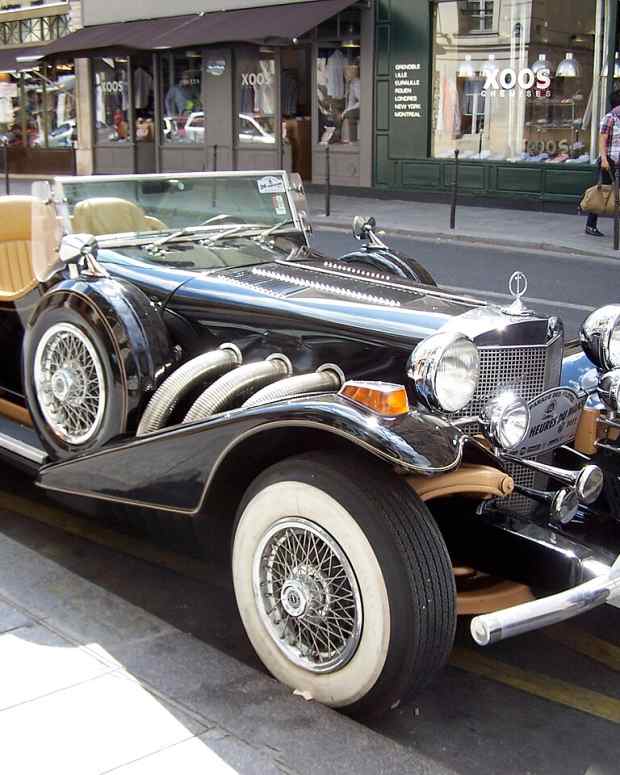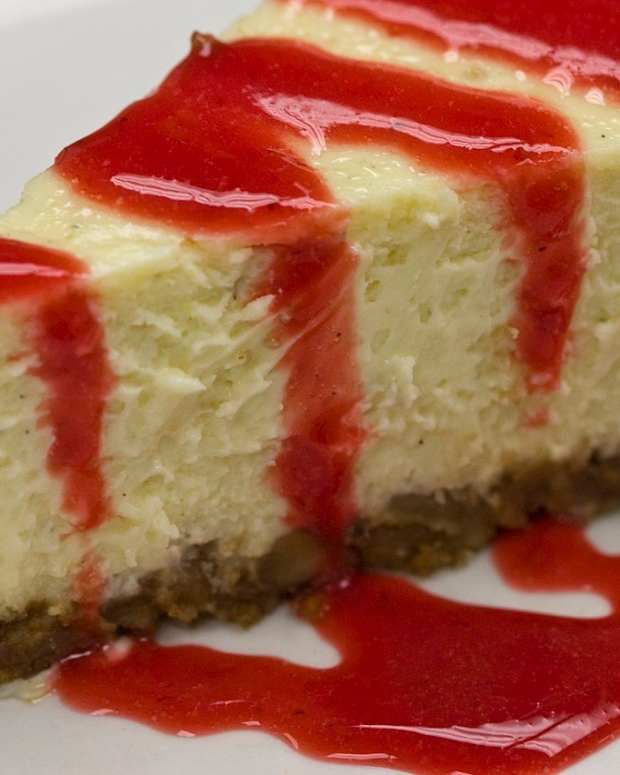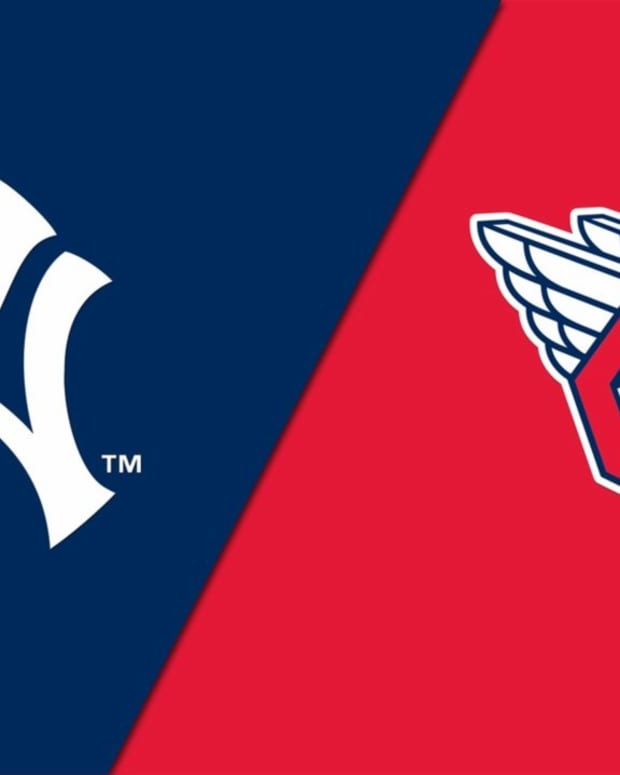How Jane Eyre and Frankenstein Use Symbols of Ice and Fire
In Jane Eyre, fire is used to signify Jane’s spirit, passion, and rage since she associates her emotions with images of fire, warmth, and light. For instance, she compares her mind to, “a ridge of lighted heath, alive, glancing, devouring” (Bronte 1847, p. 65). Those who she recognises a harbourers passion like hers include Rochester.
For example, she described Rochester’s passion as being in a "fury" and glowing like a furnace, with eyes as “flaming and flashing (Bronte 1847, p. 549)”. This describes fire as being both passionate but also has the potential to be dangerous and out of control.
Fire is also used a foreshadowing device. For example, Bertha sets fire to Rochester’s bedsheets, foreshadowing the house fire that would later happen. This expresses fire as also being a warning of danger, similar to Frankenstein’s imagery of fire.
Unlike Jane Eyre, fire in Frankenstein strictly symbolises destruction and damnation. It is important to note that Frankenstein is referred as the “Modern Prometheus” by Shelly (Shelly 1818, p. 1), which is an allusion to Prometheus Unbound (Shelley 1904, p. 4). In the text, Prometheus seeks to give humans knowledge of fire, however, Zeus tortures him for doing so.
In the similar vein, Frankenstein attempts to bring fire to humans through technological advancement, as shown through the symbolization of light used when his creation comes to life,
I paused, examining and analysing all the minutiae of causation, as exemplified in the change from life to death, and death to life, until from the midst of this darkness a sudden light broke in upon me—a light so brilliant and wondrous, yet so simple…
— Shelly 1818, p. 63
Prometheus defies Zeus and suffers, parallel to the way Frankenstein defies the laws of mother nature and committed an act that would have been condemned by the Judeo-Christian god. It is the power to animate corpses where his inner torture begins and mirrors that of Prometheus; undying and eternal.
This use of intertextuality foreshadows the long-lasting pain that comes with Frankenstein’s creations. Furthermore, fire is caused by the creature’s anger. For instance, when the creature is rejected by the villagers, he sets their cottages on fire "The cottage was quickly enveloped by the flames, which clung to it and licked it with their forked and destroying tongues" (Shelly 1818, p. 206).
The “forked and destroying tongues” gives the flames a demonic appearance that signifies the physical chaos that comes from the creature’s internal emotional chaos and self-destruction. Rage being manifested into a fire is similar to the way imagery of fire is used to express Eyre’s emotions. However, the flames also express her passion, lust, and love, which the Frankenstein does not include.
Video SparkNotes: Mary Shelley's Frankenstein Summary
In Jane Eyre, ice and cold are used to describe Eyre’s emotional state. After she learns Mr. Rochester is married, she writes, "I looked at my love: that feeling which was my master's-- which he had created; it shivered in my heart, like a suffering child in a cold cradle” (Bronte 1847, p. 565).
In relation to how she describes herself as a "half-frozen bird" (Bronte 1847, p. 666), she expresses her heartbreak and emotional anguish through cold. The imagery of birds is seen as a motif throughout the text to emphasize Eyre’s emotions (Whiteman 1954, p. 2).
The allusion to the bird in this instance shows Eyre wants to fly away from the isolation she feels from the other characters. As a “half-frozen bird”, she wants to fly and feel the passion she had during the moments where imagery of fire was used. Yet, she is also tempted by the thought of death. As Whiteman states, Jane is “separated from the one she loves, and suffering mental anguish, Jane desires a release in death” (Whiteman 1954, p. 12). Nonetheless, it is her resilience and hope that keeps her going.
Reader, it's Jane Eyre - Crash Course Literature 207
Ice and cold are also physically shown through with barren landscapes or seascapes to symbolize emotional isolation and death. She compares herself being in the extreme climate of the birds' homes in the Arctic, "that reservoir of frost and snow," and the "death-white realms," (Bronte 1847, p. 9).
The description of the “death-white realms” corresponds with Frankenstein’s use of ice and cold imagery. For example, Frankenstein’s chase of his creation was taken in the Arctic, where he commits suicide (Shelly 1818, p. 335-345). It is in the Arctic where he recounts his story with tones of despair and regret, where his scientific endeavours have left him; in a cold, isolated landscape.
The icy landscape symbolises the emotional isolation Frankenstein faces, since his creation has caused the loss of his relationships, his passions, and drive for scientific advancement. Like the imagery of fire in Frankenstein, the ice also symbolises death, loss, and isolation.
The symbolism of ice in the arctic then symbolises the melancholy his actions have taken him. However, unlike Jane Eyre, physical death is present since Frankenstein commits suicide.
Therefore, Jane Eyre utilizes fire and ice with a balance of positive and negative connotations. While ice is used to signify isolation, it gives room for circumstances to get better. The imagery of a “half-frozen bird” shows the reader while Eyre is feeling hopeless, she has not given up (Bronte 1847, p. 666). This showcases the resilience in her characterisation.
This is also shown through the way imagery of fire is implemented as warnings of danger. Despite the danger, Eyre is able to adapt and survive in her circumstances. In contrast, Frankenstein and the Creature lack this ability. In Frankenstein, the fire and ice foreshadow a deterministic fate of torment for the characters. The characters lack the ability to change their tragic fate.
This is because, instead of having the resilient characteristic Eyre has, Frankenstein has a defeatist attitude that prevents him from adapting to his choices.
Penny Dreadful's Depiction of Frankenstein's Monster
References
Bronte, Charlotte 1847, Jane Eyre, Smith, Elder & Co., England. Viewed 13 November 2017, from Planet PDF.
Henrietta, Whiteman 1954, ‘A study of Charlotte Bronte's use of bird imagery in Jane Eyre,’ PhD thesis, Southwestern State College, Weatherford.
Shelley, Mary 1818, Frankenstein Or the Modern Prometheus, Oxford University Press, New York. Viewed 18 October 2017, from Planet PDF.
Shelley, Percy 1904, Prometheus Unbound: A lyrical drama, Essex House Press, London.
This content reflects the personal opinions of the author. It is accurate and true to the best of the author’s knowledge and should not be substituted for impartial fact or advice in legal, political, or personal matters.
© 2018 Simran Singh


